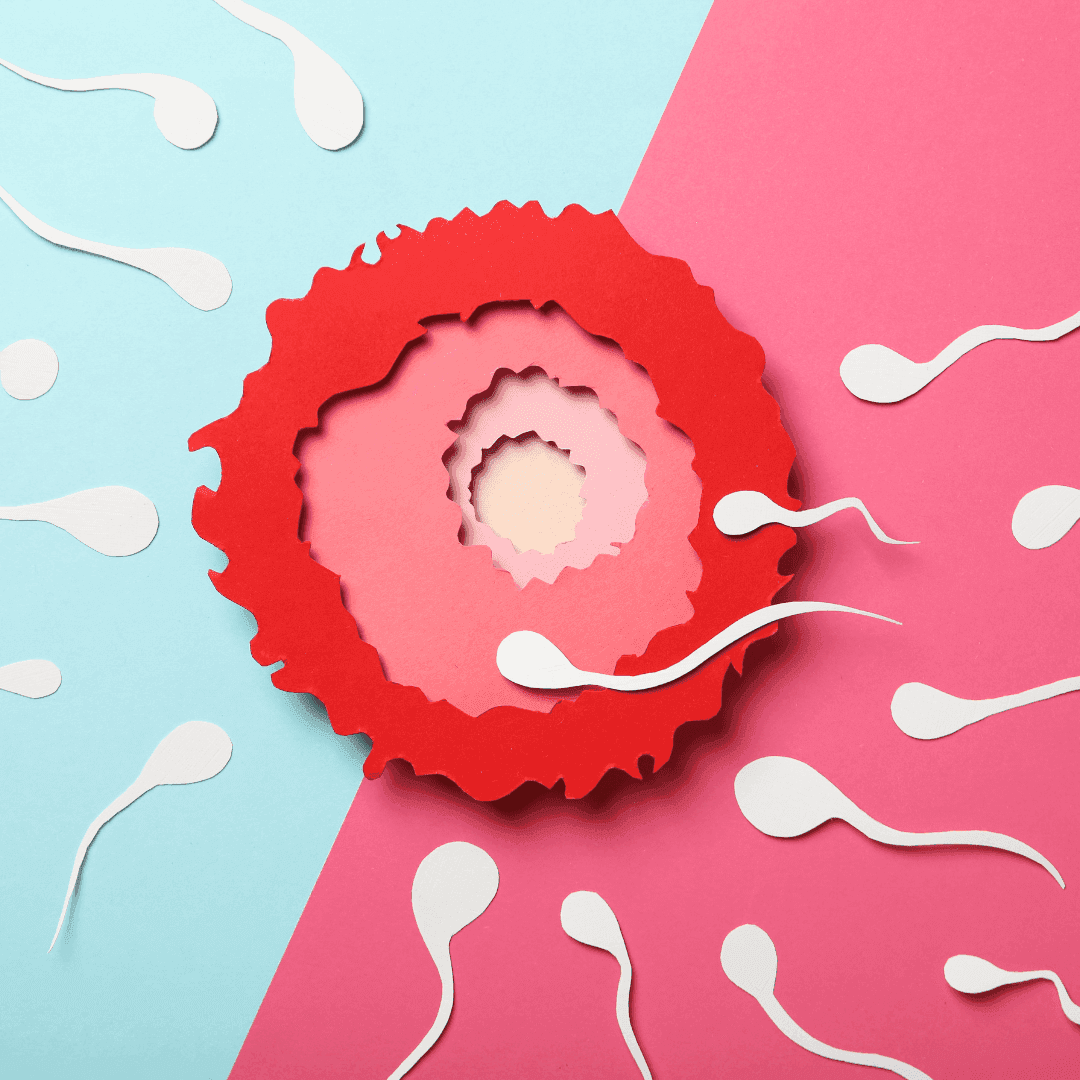
Using Fertility-Awareness Based Methods for Contraception or Contraception
What Are Fertility Awareness-Based Methods (FABMs) or Fertility Awareness Methods (FAMs)?
Fertility awareness-based methods (FABMs) help you identify your "fertile window"—the days when you’re most likely to conceive.
By tracking signs of ovulation, FABMs offer a natural, hormone-free way to either plan for or avoid pregnancy. There are a variety of FABMs, and they all involve tracking your cycles. Many people use a combination of methods for better accuracy. For example, some use these signs to time intercourse if they’re trying to get pregnant, while others use them to avoid pregnancy by abstaining or using barrier methods during their fertile days.
Common FABMs
One common method is cervical mucus charting. During your fertile window, mucus increases and becomes stretchier, thanks to rising estrogen, making it easier for sperm to survive. After ovulation, when progesterone kicks in, the mucus becomes thicker, indicating your fertile window has passed.
Another method is tracking your basal body temperature (BBT). After ovulation, progesterone causes a small temperature increase (around 0.3–0.5°C or 0.5–1°F). You can track this shift over time to get a better sense of when you typically ovulate, although it’s not super helpful for predicting ovulation in the current cycle. It’s important to note that factors like thyroid issues, certain medications, or even shift work can affect your BBT, so it’s often best used in combination with other methods.
There’s also the calendar method, which calculates your fertile days based on the length of your cycle. By tracking your cycles over six months, you subtract 19 days from your shortest cycle and 11 days from your longest to get a general range of your fertile window. But again, it’s not recommended to rely on this method alone.
Other tools include ovulation predictor kits (OPKs), tracking cervical position, and even fertility apps. Some methods, like Billings, Creighton, and Marquette, have trademarked systems with specific protocols.
How effective are FABMs for contraception and how are they used for conception?
With perfect use, FABMs have a failure rate as low as 1–5%, but with typical use, it can be anywhere from 2–17%. Using more than one method increases your chances of success. Some studies even show a slight increase in pregnancy rates when barrier methods are used during the fertile window compared to complete abstinence, though abstinence remains the more effective option during those days.
The best practice is to use a variety of different methods to help you pinpoint your fertile window better. If the goal is contraception, then remember that sperm can live in the body for 3-5 days.
If the goal is to get pregnant, then aiming to have intercourse 1-3 times in that fertile window is supportive of conception.
How long do I need to track for?
Long-term tracking (six months or more) helps you understand your cycle patterns better, and education from a trained professional is key to using FABMs effectively, whether for contraception or trying to conceive.
What are some pros and cons?
Many people find these methods empowering, as they help improve body literacy. However, FABMs may not be the best fit for everyone for contraception, especially if your cycles are irregular, you’re in perimenopause, or if you’re taking certain medications. That’s why it’s important to work with a healthcare professional to ensure you’re using these methods correctly.
Resources for learning about FABMs are available online and through local organizations, making it easier than ever to get started. If you’re thinking about using fertility awareness-based methods, don’t hesitate to reach out to a knowledgeable practitioner for guidance!
Chapter 11 of The Period Literacy Handbook is all about FABMs for contraception.
